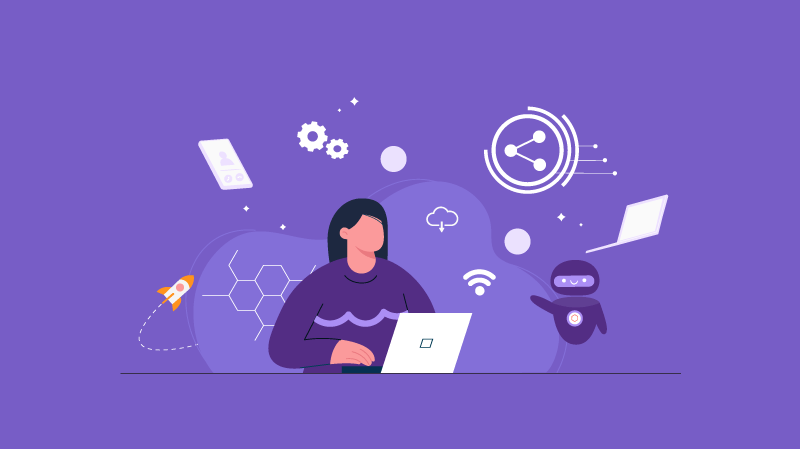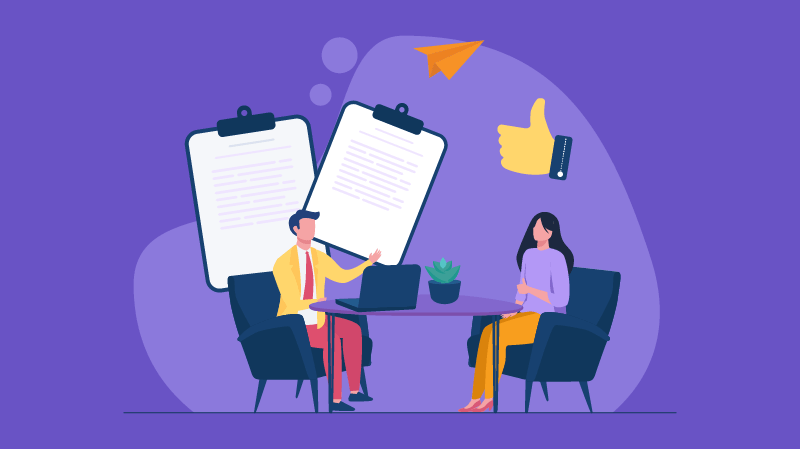How Technology Has Helped HR In Organizations [Part-1]
New functionalities and features have constantly emerged as technology has evolved. They have made our lives easier and reduced the amount of work we have to do daily that has significantly imporve the work environment. The development of Artificial Intelligence, or AI, is a hot technology that has taken the globe by storm in the last decade.
Even though the technology is still in its development, its future potential is unimaginable. AI has already begun to be integrated into the workplace. Its implementation has aided the HR department in automating operations and increasing efficiency.
But how has it helped HR? Let us have a look at it.
What is AI or Artificial Intelligence?
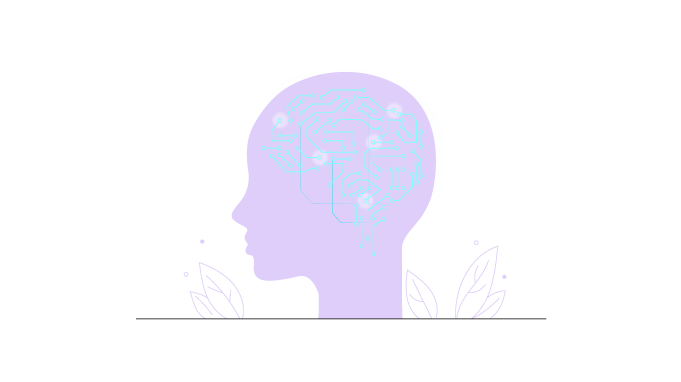
Artificial Intelligence (AI) is a term that refers to systems or machines that mimic human intelligence and can conduct various activities and data analysis. AI is the most advanced technology in today's world, and every industry is adopting it. Every AI application we see today is just the tip of the iceberg when it comes to AI.
Machine learning and deep learning are two subfields of AI that are frequently used interchangeably. However, there are some distinctions. Machine learning is concerned with creating systems that learn or improve their performance from the data they consume. In contrast, Deep learning entails employing artificial neural networks with several hidden layers to learn from previous data. Most of the time, this is done by using activation functions which help the network learn complex parts of the given data.
It's vital to remember that while all machine learning is AI, not all AI is machine learning.
The Division Of AI
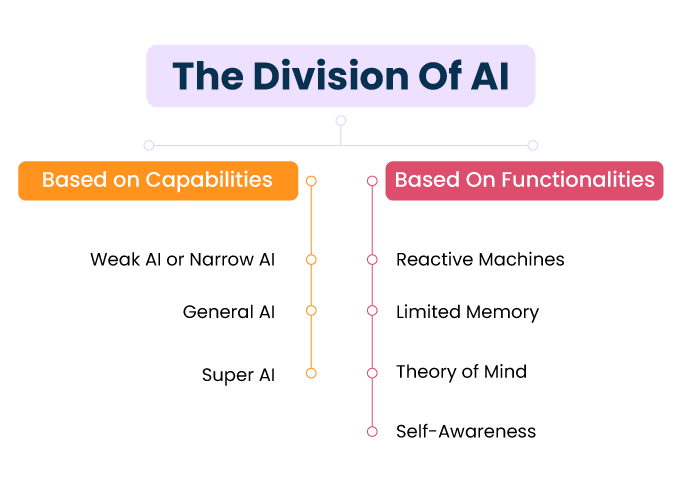
AI can be divided mainly into two types which are based on capabilities and based functionalities.
1. Based on Capabilities
There are three subdivisions in this particular. They are listed below, with a basic description of each one.
1.1 Weak AI or Narrow AI
Weak AI, also known as Narrow AI, can perform a certain task with intelligence and represents all AI now in use. It contains the most complex and competent artificial intelligence ever developed.
One key characteristic of this type of AI is that it cannot perform beyond its field and is trained for one specific task. It can fail in unpredictable ways if it goes beyond its limits. Some examples are playing chess, recommendations on e-commerce sites, self-driving cars, speech recognition, and image recognition.
1.2 General AI
The idea of General AI is to build a system that could think and imitate what a human does on its own. This particular type of AI can perform any intellectual task with efficiency like a human. Currently, there are no such systems developed that can come under this category. The research is still ongoing, and the focus is now to create machines that come under General AI.
1.3 Super AI
Super AI is a level of an intelligence system that can surpass human intelligence and perform any task better than humans. The focal point of this is to make a system that can think, reason, solve problems/puzzles, make superior judgments, plan, learn, and communicate independently.
It is a futuristic vision and is still a theoretical concept in the world of AI. The development of such a system in real work will be a game-changer and change the world on numerous fronts.
2. Based On Functionalities
Based on this particular category, there are four subdivisions. They are listed below, with a basic description of each one.
2.1 Reactive Machines
Reactive machines are the most basic type of AI under this category. These machines mainly focus on current scenarios and do not store memories for future actions. The perfect example of it is Google’s AlphaGo.
AlphaGo is an AI agent specializing in playing Go, a Chinese strategy board game, against human competitors.
A measure of AI development is creating a learning algorithm capable of defeating a human player in strategic games. This gives us a basic idea of what AI is capable of and how the future holds in developing advanced technology.
2.2 Limited Memory
Limited memory machines are the type of AI that can store memories for a short period. One of the best examples of this is the existence of self-driving cars. These cars have the ability to store the recent speed of nearby vehicles, the distance of other vehicles, speed limit, and additional information to navigate the road.
The idea is to ease up the burden of driving a car for an extended period while minimizing the hazards of road mishaps.
2.3 Theory of Mind
Theory of mind is a kind of AI that should have the ability to interact socially just like humans do. This type of AI should have the superior capability to understand human emotions, people, beliefs, etc. Such kind of AI is still an idea that is in progress and has not been developed yet.
2.4 Self-Awareness
Self-awareness AI is considered the future of AI. However, it is still a theoretical concept, and it does not exist in reality. The characteristics of these machines are that they will be super intelligent and have their own consciousness, sentiments, and self-awareness. They are expected to become smarter than the human mind.
How Has AI Helped Organizations and HRs In The Present Time?
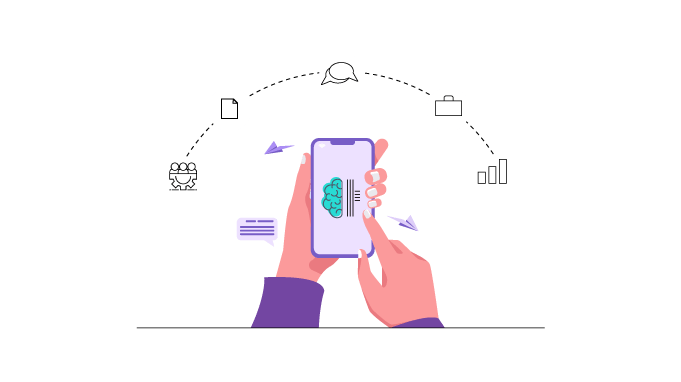
The emergence and use of Artificial Intelligence in the present corporate world have helped leaders improve the workplace. Not only has it made things hassle-free, but it has also enhanced the capabilities of a workforce. How has it helped thought? Let us delve in.
1. Workforce Management

The main focus of AI in workforce management is to track time off, record vacation schedules, and allocate people to different shifts. Time clocks, attendance, and timekeeping are also the foundation of this area, including scheduling.
The best thing is that AI systems can predict when and how much an employee will need to work across several workstreams. Moreover, the system’s intelligence automatically understands the gains and losses of the overall efficiency while using multi-skilled employees.
2. Boosting Efficiency
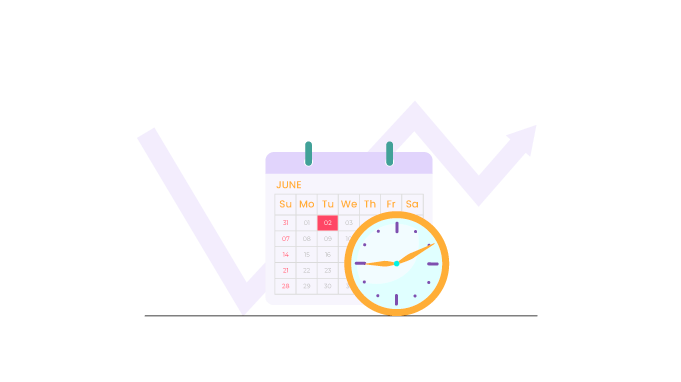
The Human Resource department has many critical responsibilities that give them little room for mistakes. However, the use of technology or AI has helped a lot in recent times. The upgraded systems have streamlined and simplified the organizational tasks and provided a centralized platform for the HR functions, which has resulted in minimal confusion and reduced mistakes. Tasks like benefits administration and payroll of employees have been made easier with the use of technology.
In the long run, it has saved HR professionals time and made it easier for employees to make requests for any organizational inquiry, change personal information, or examine their saved data.
3. Bridging the Communication Gap

The critical aspect of technology is that it makes life easier for everyone. One of the most obvious benefits of technology is that it has helped in bridging the communication gap. The advancement of technology has made the communication system simple and easy to use through different mediums. One can easily connect through emails, text messages, and other applications in a matter of seconds.
However, these are not efficient ways to communicate when it comes to the workplace. To make things more effective, various platforms have been developed that make workplace communication smooth and hassle-free. Platforms such as Slack, Skype, etc have now made communication and sharing of information more comfortable with just a click. The main advantage is that now HR can easily interact with employees to convey crucial messages.
4. Human resources information system (HRIS)

HRIS software or systems has become the central repository for accessing information of all the employees in a company. It is the backbone of an HR department through which HR can access every minute detail of the workforce. Usually, the data is assembled in profiles that include a skills inventory and personal information.
The biggest advantage of using HRIS systems is that it eliminates paper-based and manual HR-related processes. Moreover, it offers seamless, streamlined, and efficient interaction between employees and the companies they work for. This allows the HR professionals to perform more strategic and high value-work for the organization.
5. Recruiting and hiring
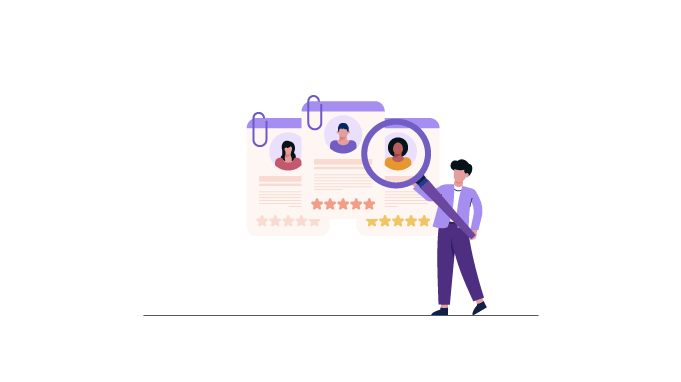
Hiring and recruitment can be a daunting and time-consuming task for HR professionals. However, AI has eased up the process and made hiring less extensive. AI-based algorithms are changing the way employers find talent by offering a unique insight into applicants from different sources including their social media activity.
With the help of AI, candidates are screened based on their skills which makes the selection process less biased. Moreover, employees are sorted based on the job profile that diminishes any human error. It has proven to be an effective way to hire the right candidates that can be an asset to the company.
Furthermore, companies have also created an AI that detects the facial expressions of the applicant to see if they’ll be a good fit. This has been a major advancement and turned out to be quite handy in the future.
6. Org Charting and Data Analytics
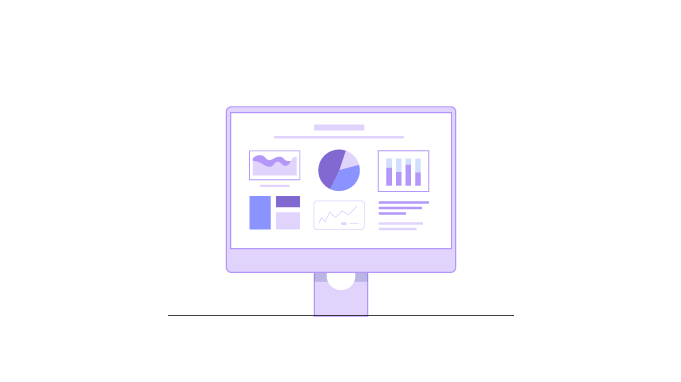
A bigger workforce means a complex process to delegate the tasks to everyone. On top of that, the amount of data that the HR Department (and the company) possess makes thing even more complicated. This makes things unclear and leads to confusion often.
However, a good org chart with accurate data analytics helps everyone understand who is designated with a particular task and how will collaboration have a positive impact.
With the help of technology, particularly artificial intelligence (AI), it has become easier to incorporate D&A systems along with org charting softwares. A data driven approach with the help of accurate organizational charting makes a workplace flexible to changes while improving the overall efficiency of the workforce.
7. Performance Management

Performance management is a critical aspect of any organization that measures and evaluates employees’ work. And with the advent of superior technology in the present era, tracking goals and assessing employees’ performance has become quite easier. Not only that, technology has helped companies to set certain criteria that need to be fulfilled to decide whether the employees are accomplishing their goals.
Different applications to monitor employee performance like KPIs, OKRs have made this procedure simpler and efficient. On top of that, it is less time-consuming and can be executed on an annual cycle. Moreover, performance management software includes employee recognition platforms, pulse surveys, engagement systems, and collaboration tools.
8. Succession Planning (SP)
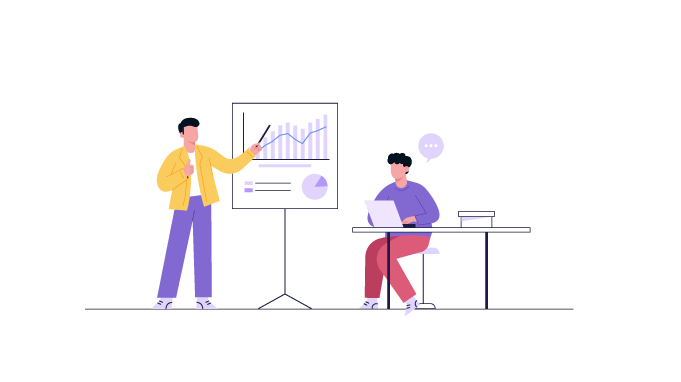
Succession Planning software tracks and manages the decisions associated with the management of replacements. It contains the promotion plan and the executive succession plan. The idea is to understand what will happen in unforeseen circumstances as well as who the most promotable leaders are. With the help of technology, the process has become quite hassle-free and can be streamlined to select the right employee that fits in the right role.
Summing it Up!
To get the required output from AI, a lot of organizations are making significant investments in data science teams. It is a field that uses certain methods to extract valuable information from data collected from multiple sources. Data science requires knowledge in different fields such as statistics, computer science as well as business knowledge.
AI technologies are helping organizations to improve their performance and productivity by automating certain processes and tasks that previously required human intervention. AI can also make sense of data on a very large scale that no human ever could. Those capabilities can return substantial business benefits and increase the chances of achieving the necessary goals and objectives.










